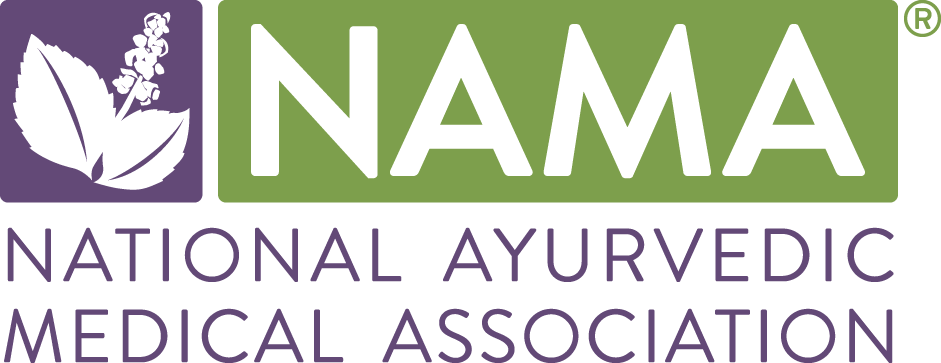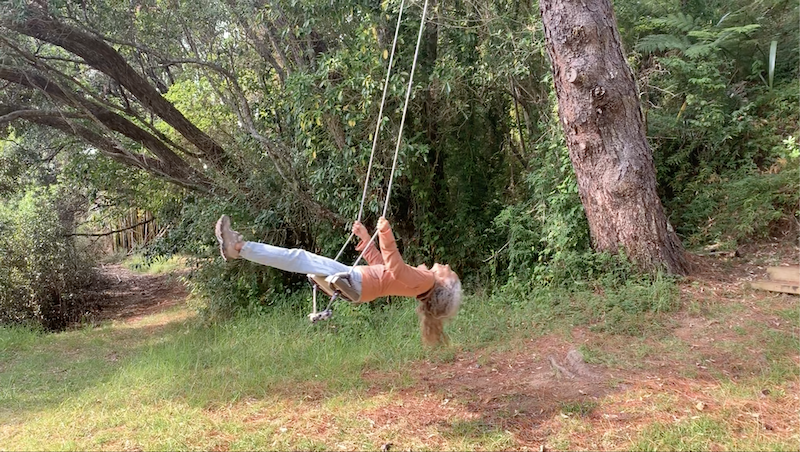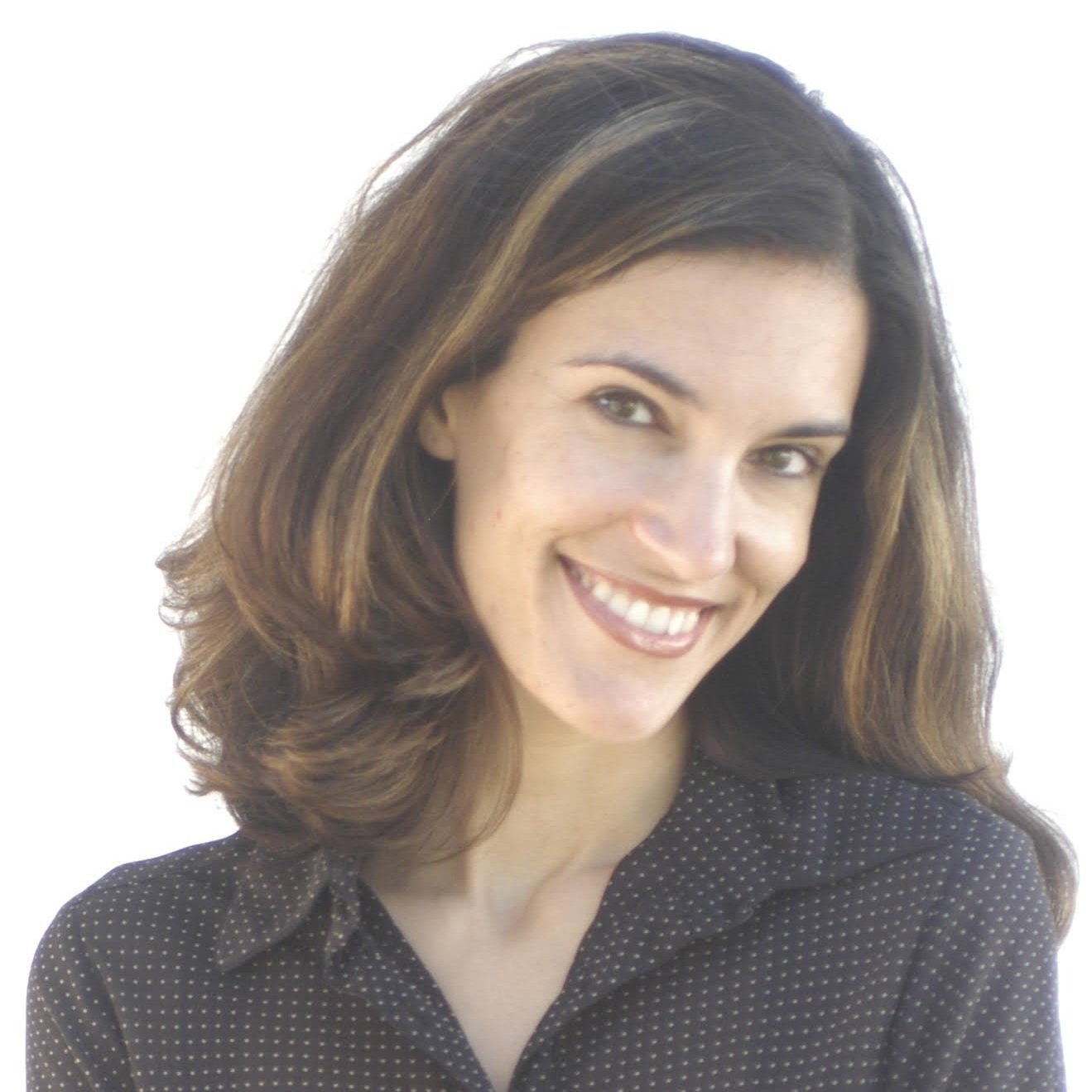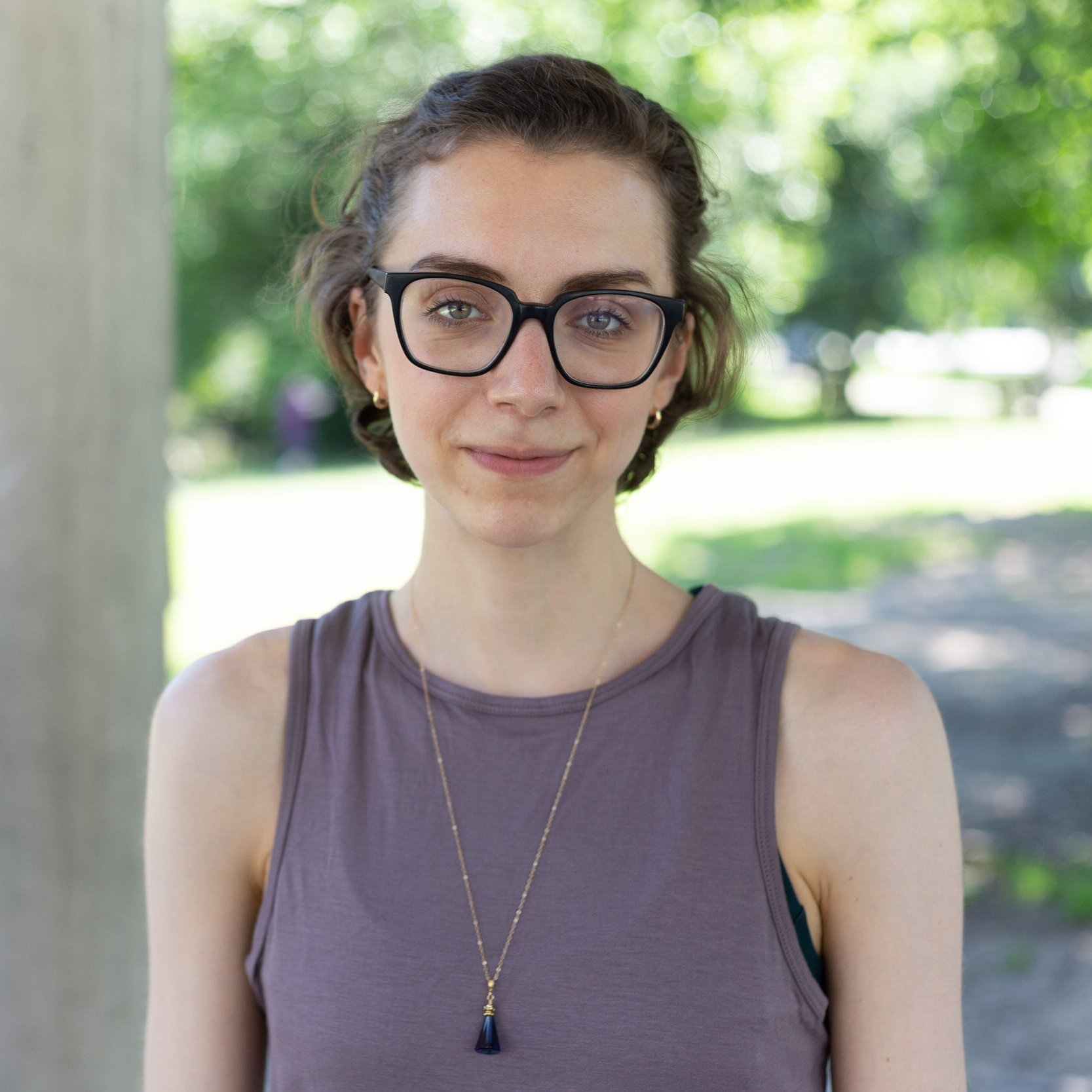Ayurveda is at an exciting stage in its development as a healthcare system in the U.S. We have a growing number of schools producing an exponential number of new graduates. Awareness of our profession is growing among the general public. With this growing awareness, we must all be cognizant of the importance of appropriate professional behavior. This can be a bit tricky as there is currently no licensure for the practice of Ayurveda. Our profession is at that awkward teenage-stage of development when it’s sometimes unclear about what to say and how to behave.
All states have medical practice laws that prohibit the practice of medicine without a medical license. Fortunately, complementary alternative medicine (CAM) practitioners have worked diligently with their state legislators to pass health freedom acts in 11 states. These Acts exempt non-licensed practitioners from the violation of any licensing law related to health care services provided the practitioners comply with a list of things they can and cannot do. These requirements are relatively straightforward and compliance is not onerous. The specifics vary somewhat state-to-state, but they are all similar.
For example, an unlicensed practitioner cannot perform surgery, administer x-rays, prescribe pharmaceuticals or represent himself or herself as a doctor or physician. Regarding the must-dos, the unlicensed practitioner must advise their clients prior to providing services that they are not a licensed doctor, that their services are alternative or complementary to healing arts services, that their services are not licensed by the state, they also need to explain the theory upon which their services are based, and describe their education and training. Compliance is really quite simple.
Ayurvedic practitioners have a reasonable amount of latitude practicing in these states provided they structure their language in Ayurvedic terms. They can diagnose and treat Ayurvedically. There are some cautionary aspects, so practitioners must be familiar with the specifics of their state’s health freedom act. Organizations formed to help pass these health freedom acts have helpful information interpreting the acts along with practitioner’s compliance information and client document templates. Get involved with the National Health Freedom Coalition.
We must all be knowledgeable of the medical practice law in our respective states to practice Ayurveda legally. Simply do an online search for “[your state] medical practice act”. Most of these laws are written in simple, common sense language.
Now… about those other 40 states. Ayurvedic practitioners in these remaining states have a more complicated task providing services. Some of these states’ statutes provide a little leeway, but some are completely restrictive. The following excerpt is a good example of how restrictive statues can be, “any person who practices or attempts to practice… any system or mode of treating the sick or afflicted … or who diagnoses, treats, operates for, or prescribes for any ailment, blemish, deformity, disease, disfigurement, disorder, injury, or other physical or mental condition … without having a valid certificate… is guilty of a public offense”. This statute clearly prohibits all forms of treatment by any system for any ailment. Operating outside the statute leaves the practitioner open to both civil and criminal charges up to and including felony charges. This reflects poorly on both the individual practitioner and our entire profession. Again, it is very important that you have read and understood your state’s statutes.
All is not lost! You can practice Ayurveda in a non-health freedom state, but everything you do must be in terms of providing education. Your verbal and written communication and your actions must consistently demonstrate that you are acting as an educator, and as such, you are not practicing medicine without a license.
A service agreement is a good first step in establishing the educational nature of your services. All of the health freedom acts require a similar document. The service agreement demonstrates your intent to act as an educator. This is a document that defines the terms and conditions of your relationship with your client. It lists the parties involved – you and your client. It should specifically state that you are not a doctor, that you cannot legally diagnose or treat, and that you are only providing educational services. The payment terms and duration of the services you provide should be specified. Both you and the client sign this document.
Once you have stated your intent and signed the service agreement, you have to operate within the terms of the agreement. Do not diagnose or treat, not even using Ayurvedic terminology. Remember, as the above example illustrates, some state’s statutes are globally prohibitive.
The next step is ensuring that your language does not slip into the realm of practicing medicine. To avoid this do not make any personally prescriptive recommendations or instructions to your client. Also, do not make any recommendations to treat a specific condition or issue, even if you are using Ayurvedic terminology. All communication and actions must be educational in nature and in no way be personally applicable to the client.
Clients seek healthcare services when they have a health issue. They come to the health practitioner with the expectation that they will be told what to do to resolve their issue. You cannot move into this personally prescriptive role, you must maintain the educational boundary between you and the client. It is appropriate to explain the legal issues and limitations and why you must communicate in this particular manner. Clients are obviously open to alternative healthcare, they have sought your services and they will be understanding and appreciative.
Special care should be given to any documents you provide to your clients. All documents should contain an educational disclaimer that states that the information is for educational purposes only and the information is not to be used as, used as a substitute for, or considered as a medical diagnosis, treatment or prescription. The disclaimer should also encourage your clients to consult a licensed health care professional before using any herbs or herbal products, before beginning any new exercise or health regime, and for any persistent problem or complaint.
What does this mean in day-to-day practice? How do you conduct a consultation? You can certainly assess a client. (Another nuance, do not use the word patient. You must not use any language or perform any actions that could imply the practice of medicine – so, client, not patient.) You can ask questions, prashna. You can ask your client to complete a health questionnaire that you provide and review it with the client. You can discuss the client’s specific health concerns and goals. You can perform an exam. You can review all the information you have collected and then provide a factual report of findings of their prakruti and vikruti.
Now for the important part: You cannot make any recommendations that are personally applicable to the client. You would not want to say, for example, “ Take Triphala to reduce Vata in your colon”. This is a prescriptive recommendation personally applicable to the client. Your state’s statues likely prohibit even this type of diagnosis and treatment.
What you can say in your report of findings is: “According to Ayurvedic theory, the symptoms you describe are typical of a person with elevated vata in the colon area. I also detect elevated vata in your colon pulse. The Ayurvedic formula, Triphala, has been classically used to support normal colon function”.
What’s the difference in these two statements? In the second statement, you have educated your client as to the Ayurvedic perspective of their symptoms. You have advised them that their vata is elevated. This is not diagnostic, only a descriptive fact. This is similar to reviewing a patient’s laboratory test results and confirming to them that their cholesterol is 265, but you are not interpreting and evaluating this information by saying they have hyperlipidemia. The difference is factual statement vs. diagnosis. You have provided education about Ayurvedic herbology in a very specific manner. What you did not do is make a medical claim. A medical claim is stating “take this to fix that”. Continuing with our cholesterol example above, saying “take guggulu to lower cholesterol” is a medical claim. Saying “classically Ayurveda has used guggulu to support normal liver function” is not a medical claim. Additionally, you did not make a personally prescriptive recommendation, only a correct factual statement.
You could even make the additional cautionary disclaimer, “I am not a doctor or a physician. I am not saying that you should personally take Triphala or guggulu, but should you decide they are appropriate for you, you may want to discuss this with your doctor before starting”.
You do not instruct the client to do or change anything. You provide education that is relevant to their health concerns and goals. You make it clear that you are not making personal recommendations. Communicate to the client that it is their responsibility to decide if the education you have provided is applicable to them and that it is also their responsibility to decide if they take action based on that information. The essential aspect of practicing in this way is that you always act as an educator. You must be consistent in your verbal and written communications and your actions, and they must be educational in nature. Our first amendment right provides for the freedom of speech, which includes education. That said, you are providing services for payment, you are still liable for providing correct and accurate information.
While adapting one’s language to be legally correct can be a bit tedious until it becomes a habit, it is straightforward. There are a number of phrases that you can incorporate to keep you in the educational realm. Phrases such as, “according to the classical teachings of Ayurveda” or “Ayurveda believes or recognizes” keeps the conversation educational and not personally instructive. You can also say, “what I would do for myself in similar circumstances is….”. This is your personal opinion about yourself, you are not telling the client to take specific action.
Even if you do everything correctly, this does not mean that you are 100% insulated from investigation and potential legal action. This will only occur if someone files a complaint. If a complaint is filed, the appropriate agency is required to investigate. That does not mean the action has merit. If you have taken the proper precautions, you will be able to demonstrate consistent good intent of your role as an educator. Common sense goes a long way in avoiding conflict. If you have an unhappy client, immediately give them a complete refund and ask that they return the herbs, supplements and documents you supplied them. It is rare, but other practitioners sometimes file complaints. This is often due to jealously or the fear of losing revenue. There is nothing that can be done to avoid this besides maintaining good relationships with fellow practitioners.
One last issue that often arises is the question of providing hands-on therapies such as abhyanga. Ayurveda certainly recognizes abhyanga as distinct and unique from massage. But to the non-Ayurvedic observer, abhyanga and massage appear to be the same thing. While one could attempt to argue that the client is being educated about abhyanga by the demonstration of receiving abhyanga, the counter argument is that the practitioner should be affiliated with a licensed massage school. To practice Ayuvedic bodywork safely, one should either have a license that allows for touch, or work legally under the supervision of a licensed healthcare practitioner. It is certainly acceptable for the practitioner to demonstrate self-abhyanga to their client.
Our profession is growing. This is the result of the actions of practitioners who came before us. We all have the responsibility to continue this tradition by practicing both legally and ethically. The intent of this article is to raise awareness of the importance of practicing legally. This article is much too brief to cover all legal aspects as each practice is unique with its different types of services offered and areas of specialty. Take the time to become knowledgeable about your state’s statues and how they apply to you. If you have any questions or concerns, retain a knowledgeable attorney for an hour’s consult. This will allow you to confidently operate your practice within your area of expertise compliant with all legal requirements.
About the Author
Jeff Turner operates Living Ayurveda, an integrated health clinic in Monterey, CA specializing in advanced chronic diseases and panchakarma. He is an author and an Ayurvedic educator teaching at various Ayurvedic schools in the U.S. and the California State University system. He has been actively involved with Ayurvedic legal and licensing issues since NAMA’s inception.
Legal Disclaimer: The information provided in this article is for informational purposes only and should not be considered to be legal advice. This article may contain links to other resources on the Internet. These links are provided as citations and aids to help you identify and locate other Internet resources that may be of interest, and are not intended to state or imply that the National Ayurvedic Medical Association or the principal author recommends, supports, sponsors, or is in any way affiliated or associated with any person or entity associated with those links, or is legally authorized to use any trade name, registered trademark, logo, legal or official seal, or copyrighted symbol that may be reflected in the links.

























